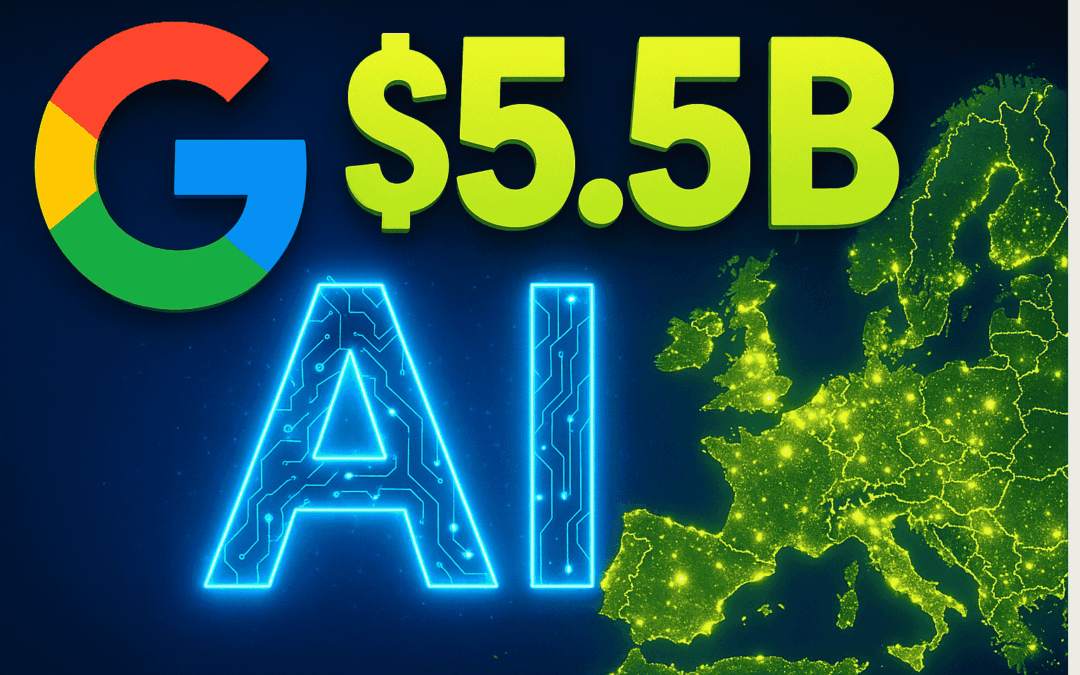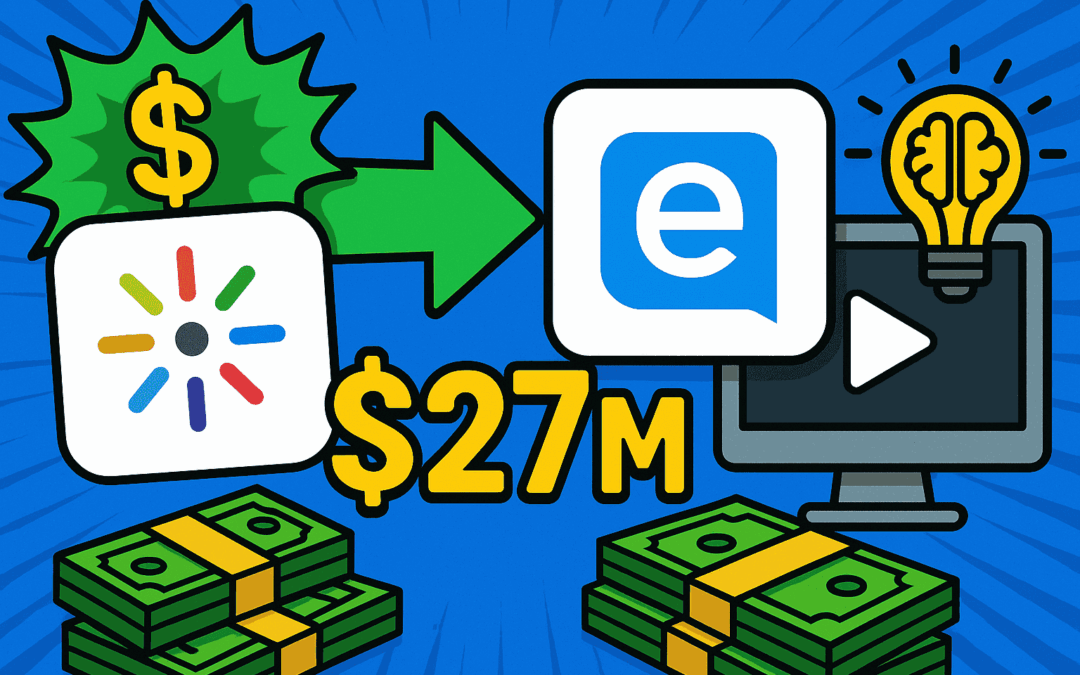Discussions about the “AI bubble” dominate the tech landscape, with opinions split over whether generative AI’s meteoric growth will sustain real-world adoption or simply echo past hype cycles.
Recent analyses urge industry participants to move beyond speculative bubble narratives and focus on tangible value, driving a more honest assessment of artificial intelligence’s short- and long-term impact.
This article consolidates the latest insights and explores what a pragmatic outlook means for developers, startups, and AI professionals.
Key Takeaways
- Experts challenge the “AI bubble” label, arguing for more nuanced, evidence-driven evaluation.
- The push for real-world AI deployment highlights the need for practical, sustainable use cases.
- Venture capital funding in AI remains robust, but investors appear more discerning about product-market fit.
- Startups and developers must focus on genuine customer problems to build lasting value in AI applications.
- Shifting the conversation from hype to measurable impacts could avoid repeating pitfalls of previous tech bubbles.
Moving Past the AI Bubble Narrative
Analysts increasingly warn against broad-brushing the artificial intelligence boom as another Silicon Valley bubble.
While generative AI — particularly large language models (LLMs) — has seen explosive adoption and funding, respected outlets such as Benedict Evans and Financial Times highlight that not all AI innovations follow classic speculative bubbles.
Instead, they emphasize a transition to more fact-based evaluation — focusing on product maturity, integration challenges, and true business value.
The narrative is shifting: “AI adoption will advance or falter based on value creation — not hype cycles.”
Investment and Market Impacts
Despite reminders of the dot-com era, AI investment activity diverges from historic bubbles.
According to CB Insights, overall funding for AI startups declined modestly in early 2024, but deals focused on innovative infrastructure and domain-specific solutions continue to attract significant capital.
Industry experts note that investors now demand proof of real-world deployment, sustainable business models, and clear regulatory pathways before making large bets.
Investors prioritize startups with robust go-to-market strategies and compelling customer outcomes in generative AI.
Opportunities and Risks for Developers & Startups
For AI professionals and builders, the message is clear: prioritize meaningful, end-to-end solutions over flashy demos or raw model capabilities.
Key success factors now include:
- Designing use cases that solve persistent, high-value customer problems
- Ensuring scalability, security, and compliance in LLM-based products
- Advocating for transparent AI explainability to foster user trust
- Building tooling to accelerate real-world integration and deployment workflows
Startups that deliver frictionless workflows and concrete ROI can withstand market volatility as generative AI adoption matures.
Strategic Imperatives for the Years Ahead
Industry observers recommend shifting focus toward sustainable AI development — not just for short-term market sizzle, but for long-term viability.
As LLM performance improves and integration costs decline, expect enterprise adoption to accelerate across domains such as healthcare, finance, logistics, and creative industries.
Stakeholders who avoid the trappings of hype and invest in robust, ethical, and secure AI will forge enduring competitive advantages.
Redefining the “AI bubble” means rigorously assessing real impacts — not just chasing market momentum.
Source: TechCrunch









